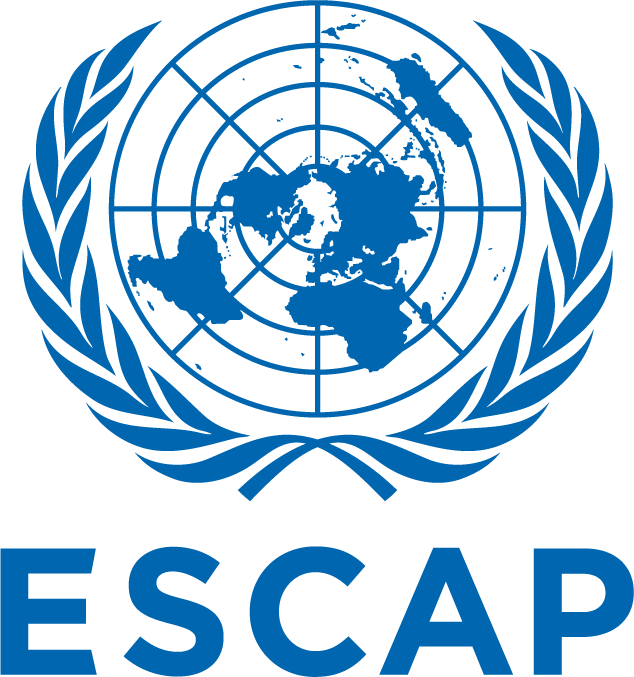P
Population distribution (HRSL-GSHL) 2018
Population density map for 2018 at 30arcsec resolution.
The layer integrates data from the High Resolution Settlement Layer (HRSL) - META (originally Facebook), the Global Human Settlement Layer (GHSL) - JRC, and the national population count for 2018 reported on the World Population Prospects 2019.
Using the country borders (level 0) of the UN Cartographic Section 2020 (BNDA_CTY), countries with full data coverage from HRSL use it. Countries with missing or partial coverage from HRSL use GHSL.
Both the original layers of HRSL and GHSL were, first, recalculated at 30arcsec resolution (~1km) through an aggregation process (sum) and, then, integrated into one single layer. Pixel counts were then recalculated for 2018 based on the country population data reported for 2018 by the World Population Prospects 2019. Read More
The layer integrates data from the High Resolution Settlement Layer (HRSL) - META (originally Facebook), the Global Human Settlement Layer (GHSL) - JRC, and the national population count for 2018 reported on the World Population Prospects 2019.
Using the country borders (level 0) of the UN Cartographic Section 2020 (BNDA_CTY), countries with full data coverage from HRSL use it. Countries with missing or partial coverage from HRSL use GHSL.
Both the original layers of HRSL and GHSL were, first, recalculated at 30arcsec resolution (~1km) through an aggregation process (sum) and, then, integrated into one single layer. Pixel counts were then recalculated for 2018 based on the country population data reported for 2018 by the World Population Prospects 2019. Read More
Potential Evapotranspiration (PET)
The amount of water that could be evaporated and transpired by vegetation if there is no shortage of water. It reflects how much moisture the atmosphere can demand and is important in assessing drought and water balance.
Read More
R
Regional Climate Monitoring, Assessment and Prediction for Asia (FOCRAII)
a regional climate forum focused on seasonal to inter-annual climate prediction in Asia. It serves as a review of the limitations and prospects for seasonal to inter-annual climate prediction methodologies and systems, and serves as a platform to share Asian climate prediction products and experiences in the region.
Read More
Representative Concentration Pathways (RCP)
climate change scenarios to project future greenhouse gas concentrations.These pathways (or trajectories) describe future greenhouse gas concentrations (not emissions) and have been formally adopted by the IPCC. The four RCPs – originally RCP2.6, RCP4.5, RCP6, and RCP8.5 – are labelled after the expected changes in radiative forcing values from the year 1750 to the year 2100 (2.6, 4.5, 6, and 8.5 W/m2, respectively).
Read More
S
Sea level rise (SLR)
Total sea level rise (SLR)
Read More
Sea Surface Temperature (SST)
Temperature of the sea at surface level. Units: degree Celsius
Read More
Shared Socioeconomic Pathways (SSPs)
What they are
SSPs are a set of five standard scenarios that represent possible future socioeconomic development. They include narratives about different socioeconomic developments, such as Sustainability, Middle of the Road, Regional Rivalry, Inequality, and Fossil-fuel Development. The SSPs were designed to reflect worlds in which mitigation and adaptation challenges vary from low to very high. While the baseline SSP scenarios assume an absence of climate policy, researchers also wanted to look at how the underlying socioeconomic conditions would affect the implementation of climate policy.
How they are used
SSPs are used to assess the challenges of climate change mitigation and adaptation in different socioeconomic contexts. They are also used to derive greenhouse gas emissions scenarios with different climate policies.
How they compare to RCPs
SSPs are closely related to Representative Concentration Pathways (RCPs), which were used in CMIP5. RCPs are based on greenhouse gas concentrations in the atmosphere, while SSPs are based on socioeconomic factors.
Read More
SSPs are a set of five standard scenarios that represent possible future socioeconomic development. They include narratives about different socioeconomic developments, such as Sustainability, Middle of the Road, Regional Rivalry, Inequality, and Fossil-fuel Development. The SSPs were designed to reflect worlds in which mitigation and adaptation challenges vary from low to very high. While the baseline SSP scenarios assume an absence of climate policy, researchers also wanted to look at how the underlying socioeconomic conditions would affect the implementation of climate policy.
How they are used
SSPs are used to assess the challenges of climate change mitigation and adaptation in different socioeconomic contexts. They are also used to derive greenhouse gas emissions scenarios with different climate policies.
How they compare to RCPs
SSPs are closely related to Representative Concentration Pathways (RCPs), which were used in CMIP5. RCPs are based on greenhouse gas concentrations in the atmosphere, while SSPs are based on socioeconomic factors.
Read More
Snowfall
Soil Moisture Anomaly (SMA)
SMA (Soil Moisture Anomaly) represents the deviation of soil moisture from its long-term average. It is used to assess drought or wetness conditions by comparing current soil moisture levels to historical norms.
Read More
South Asian Climate Outlook Forum (SASCOF)
a regional forum that brings together meteorologists and climate experts from South Asian countries to develop consensus-based seasonal climate outlooks for the region, particularly focusing on the summer monsoon season.
Read More


